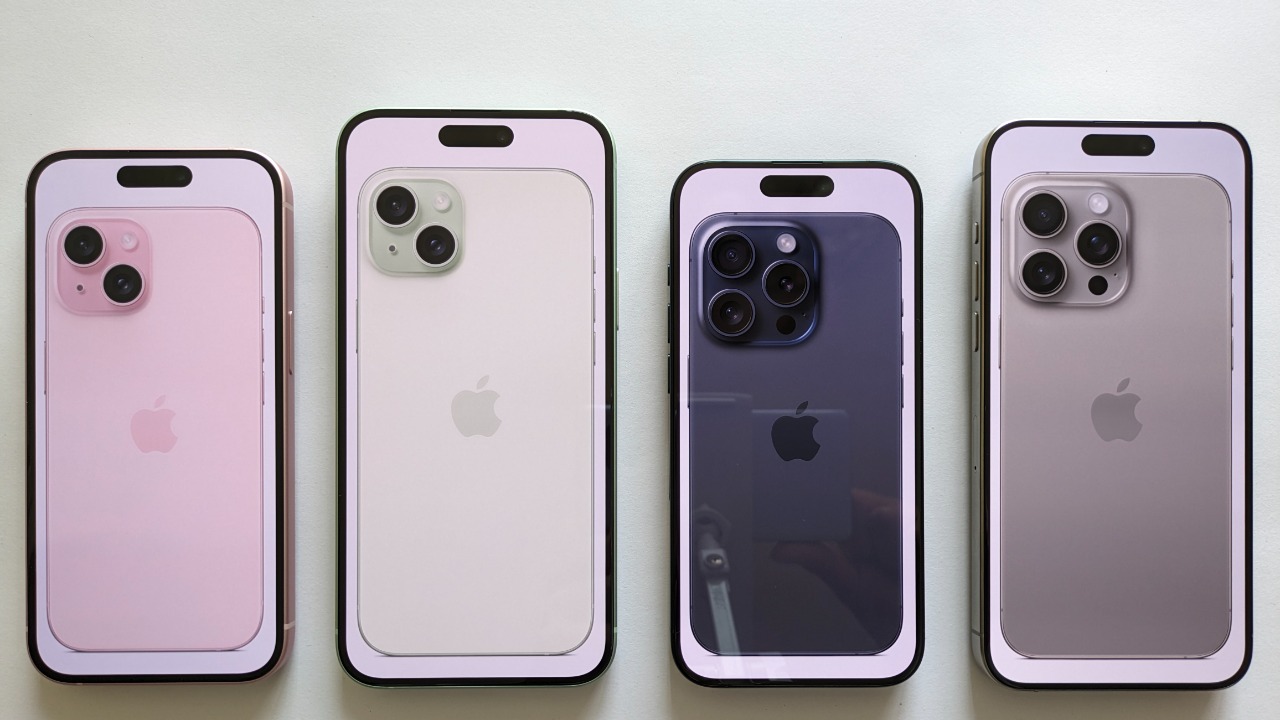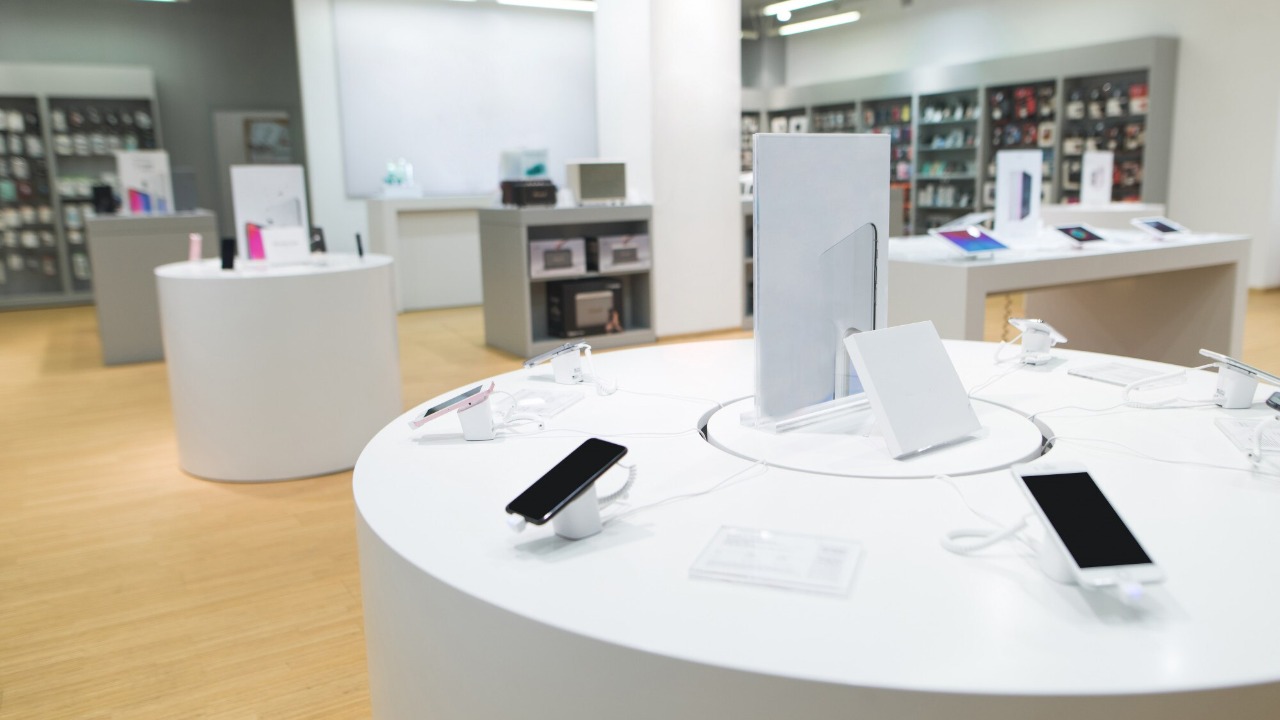
As rumors and leaks about Apple’s first foldable iPhone surface, tech enthusiasts are eager to learn what innovative features and design elements the tech giant will bring to the table. With competitors already in the foldable market, Apple’s entry is highly anticipated and could redefine the standard for foldable technology. We explore the emerging details about Apple’s foldable iPhone, its potential impact, and how it stacks up against the competition.
The Design and Display

One of the most intriguing aspects of any foldable device is the hinge mechanism, and Apple’s approach seems to be no exception. Rumors suggest that Apple is developing an innovative hinge mechanism that promises not just durability but also a seamless folding experience. This is crucial, as the hinge is often the weak point in foldable devices, potentially leading to wear and tear over time. Apple’s expertise in design and engineering might result in a hinge that not only lasts longer but also ensures that the device feels solid and premium when opened and closed repeatedly.
In terms of display technology, Apple might opt for either OLED or the more advanced microLED displays for its foldable iPhone. Both options offer vibrant colors and high contrast ratios, but microLED could provide better energy efficiency and longer lifespan, which are important for foldable devices with larger screens. Given the size of the display, possibly extending beyond the largest iPhone models currently available, users could see new functionalities, such as enhanced multitasking capabilities or a more immersive gaming experience.
Regarding materials and build quality, Apple is likely to continue its tradition of using premium materials to enhance both durability and aesthetics. Speculations suggest that the company might use ceramic or titanium casings, which can offer superior strength without adding unnecessary weight. These materials not only provide a luxury feel but also add an extra layer of protection, especially crucial for a device that will be constantly manipulated and folded.
Software and User Interface

With a new form factor comes the need for software adaptations, and iOS is expected to be optimized for foldable displays. One of the key aspects here will be how iOS adaptations for foldables enable multitasking. Users might be able to run multiple apps side-by-side, making full use of the larger screen. Apple’s experience with iPadOS could be instrumental in this regard, as many of the multitasking features seen on the iPad could be adapted to work seamlessly on a foldable iPhone.
Enhancing user experience is another crucial area Apple is likely to focus on. Gesture controls, for instance, could become more intuitive, allowing users to navigate the device effortlessly. The foldable iPhone might also introduce split-screen functionalities, providing users with a more dynamic way to interact with their device. These enhancements could make the foldable iPhone not just a novelty but a practical tool for productivity and entertainment.
Developers, too, will have a significant role in shaping the user experience on the foldable iPhone. With the introduction of new APIs, developers could create apps that take full advantage of the foldable format. This opens up a world of possibilities, from gaming applications that utilize the larger display to productivity tools that offer innovative ways to manage tasks and workflows.
Hardware and Performance

Under the hood, Apple’s foldable iPhone is expected to boast significant hardware advancements. The device will likely be powered by the latest in the A-series chips, which are known for their excellent performance and power efficiency. These processor and chipset innovations will be crucial in ensuring that the foldable iPhone can handle the demands of a larger display and more complex multitasking capabilities without compromising on speed or responsiveness.
Battery life remains a critical concern for foldable devices, given that they often feature multiple displays that can drain power quickly. Apple is reportedly working on solutions to maintain battery efficiency, possibly through advanced battery management systems and more efficient power delivery components. This focus on battery life will not only enhance user satisfaction but also reinforce Apple’s commitment to delivering a reliable and long-lasting product.
Camera innovations are another area where the foldable form factor could shine. The unique design of a foldable phone allows for creative camera placements and configurations. Users might see features like improved zoom capabilities or enhanced low-light performance, taking advantage of the device’s ability to fold and deploy cameras in ways that traditional phones cannot.
Market Position and Competition

Apple’s strategy in entering the foldable market is likely to have a significant impact on the industry. With its reputation for quality and innovation, Apple’s entry could shift market dynamics and set new standards for what consumers expect from foldable devices. As competitors like Samsung and Huawei have already established themselves in this niche, Apple’s approach might focus on delivering a superior user experience and integrating its ecosystem in a way that others cannot easily replicate.
When comparing Apple’s foldable iPhone to existing models from competitors, one can expect some distinct differences. Samsung’s Galaxy Z Fold series, for instance, has set a high bar with its robust design and feature set. However, Apple’s emphasis on software integration and ecosystem synergy could offer unique advantages, such as seamless connectivity with other Apple devices and services. This comparison with existing foldables will be crucial in evaluating Apple’s strengths and potential weaknesses as it navigates this competitive landscape.
Price expectations for the foldable iPhone are another topic of interest. While Apple products are generally positioned at the higher end of the market, the company might adopt a strategic pricing model to attract a wider audience. The balance between cost and consumer appeal will be essential in determining the device’s success. By offering a compelling mix of features and quality, Apple could drive significant adoption rates, even at a premium price point.
Potential Challenges and Future Outlook

While the prospect of a foldable iPhone is exciting, there are several potential challenges Apple might face in its production. Manufacturing a reliable and high-quality foldable device involves overcoming technical hurdles, such as ensuring the durability of the display and hinge mechanism. These technical and manufacturing challenges will require innovative solutions to meet Apple’s high standards for quality and performance.
Environmental and sustainability considerations are also likely to play a role in the development of the foldable iPhone. Apple has been vocal about its commitment to reducing its environmental impact, and this focus might influence the materials and methods used in the production of its foldable device. By prioritizing sustainability, Apple could appeal to environmentally conscious consumers and set a new benchmark for sustainable technology practices.
Looking ahead, the introduction of a foldable iPhone could set the stage for future developments in foldable technology. As Apple continues to refine and innovate, we might see new trends and capabilities emerge, further expanding the possibilities of what smartphones can achieve. The foldable iPhone could serve as a catalyst for a new era of mobile technology, inspiring both competitors and developers to explore new directions and possibilities.